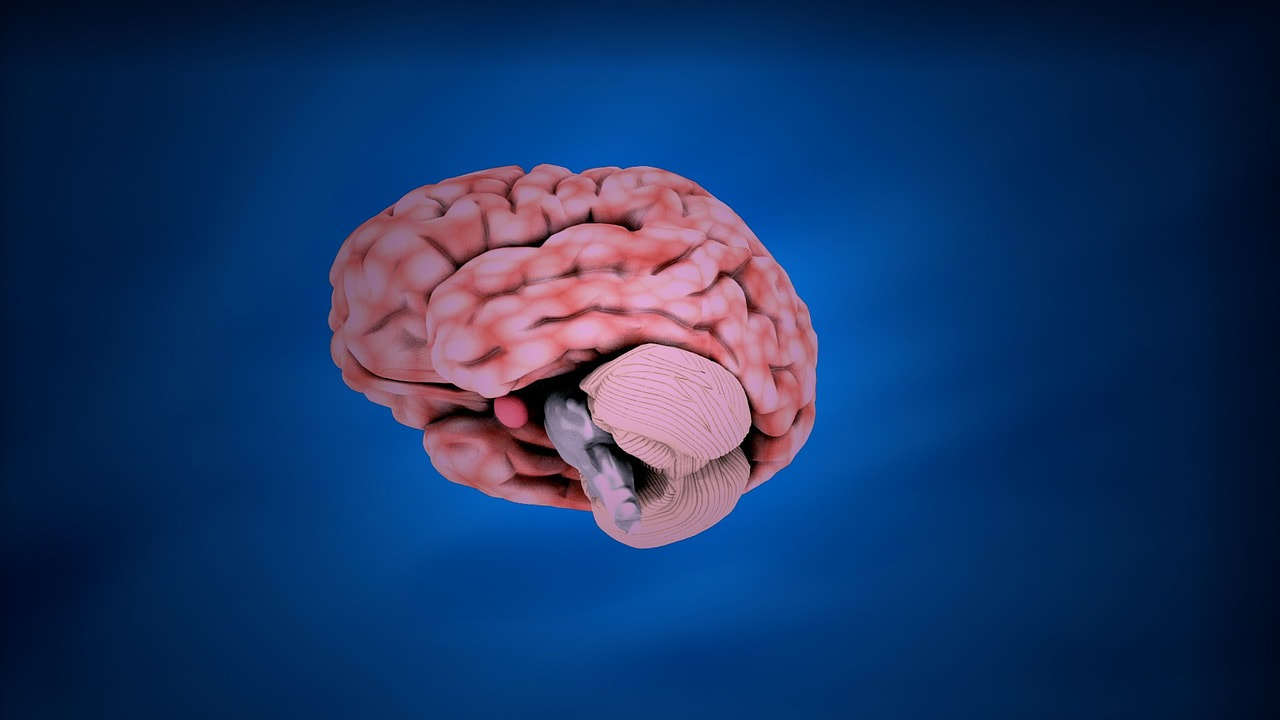The Cerebellum: Function, Location, & AnatomyIf you think the brain is cool, the cerebellum just might blow your mind. Keep reading to learn about the structure and functions of this amazing patch of brain tissue.
As the rest of the brain - also called the cerebrum – evolved to support more complicated behavior, so did the cerebellum, eventuating in what we enjoy today. The cerebellum that we now know and love is integral for much of what we do in a day. Let’s get into some of the cool details of what the cerebellum is and what it does for us.
Before reading on, if you're a therapist, coach, or wellness entrepreneur, be sure to grab our free Wellness Business Growth eBook to get expert tips and free resources that will help you grow your business exponentially. Are You a Therapist, Coach, or Wellness Entrepreneur?
Grab Our Free eBook to Learn How to
|
Are You a Therapist, Coach, or Wellness Entrepreneur?
Grab Our Free eBook to Learn How to Grow Your Wellness Business Fast!
|
Terms, Privacy & Affiliate Disclosure | Contact | FAQs
* The Berkeley Well-Being Institute. LLC is not affiliated with UC Berkeley.
Copyright © 2024, The Berkeley Well-Being Institute, LLC
* The Berkeley Well-Being Institute. LLC is not affiliated with UC Berkeley.
Copyright © 2024, The Berkeley Well-Being Institute, LLC




